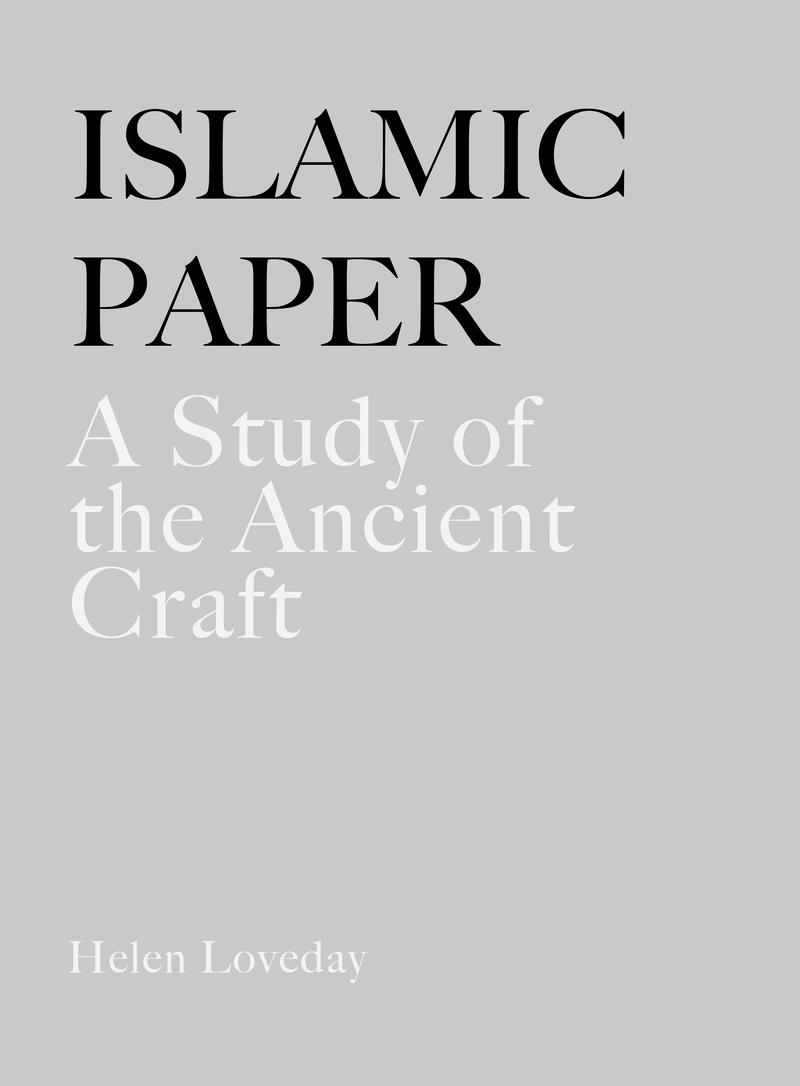The aim of this book is to publish the results of research into the nature and characteristics of Islamic paper, as gleaned through the systematic analysis of over 1000 dated samples. The study has shown that it is possible to establish a tentative typology of paper according to a comprehensive list of objective standards. Descriptions of the physical characteristics of papers originating from Persia, Syria and Egypt, from the 12th until the 19th century, provide a means by which papers are compared and contrasted. Although it is difficult to apply an exact chronology to changes in the materials and techniques of the papermaker, trends in paper-making practice can be identified, and the characteristics of paper from a given century and region can be suggested. Used alongside other corroborative details, it is possible to assign an approximate date and place of manufacture to hitherto unclassified samples with some degree of certainty.
In order to place this research into an historical context, the book begins with an overview of the development of papermaking by hand in the Islamic world. It examines the impact and spread of the craft throughout Persia and the Middle East, and examines its success when compared to other contemporary writing materials, and its failure to compete with imported Western papers.
Map of the Timurid Empire
Acknowledgements
Foreword by Professor John Carswell
Author's preface
Introduction
Part I: A history of Islamic papermaking
Writing materials prior to the advent of paper
Papyrus
Parchment
Papermaking in the Islamic world
The transition from papyrus and parchment to paper
Sources of early paper samples
The decline of papermaking in the Islamic world
The nature of paper and its production
The nature, properties and characteristics of paper
The materials and techniques of the papermaker
Qualitative characteristics of Islamic paper
Determination of quality
Grade
Colour
Size of sheet
Watermarks
Part II: A systematic analysis of Persian and Syro-Egyptian paper
Protocol for paper classification
Summary of findings
Persian paper
Syro-Egyptian paper
A comparision of Persian and Syro-Egyptian papers
Conclusions
Towards a paper typology
Appendix: Table of results
Bibliography
[Islamic Paper] has two very valuable features. It provides for the first time in English a concise and scholarly study of papermaking in the Islamic world derived largely from published sources in English, and informed by the writer's professional knowledge of papermaking. Secondly it embodies the fruits of meticulous research into the papers of a corpus of Persian and Arabic manuscripts which provide the basis for a methodology for the study, classification and identification of the papers of manuscripts from other Asian cultures.
The Quarterly (Journal of the British Association of Paper Historians) 39 (July 2001) 39-40
The first part of this book will be useful for anyone interested in the history of Islamic papermaking. Loveday's summary of the documentary sources is compact, informative, and readable...Paper conservators and paper historians will be especially interested in the second part, on analyzing paper...Loveday has used her knowledge and experience to make her analysis as consistent and objective as possible.
Journal of the American Institute for Conservation 41(1) (2002) 97-98
This book is written in memory of Don Baker (1932-1994)...It was fortunate that after his untimely death one of his students, who was to take her Master's degree at the Camberwell School of Art, Helen Loveday, was there to continue his work; as she so aptly observes "The greatest tribute to any scholar is that his research should be continued". Propelled by "my incorrigible love of Islamic Paper", as she puts it, Helen Loveday has produced a worthy scholarly commemoration of his work...The book...is attractively produced [and there] are helpful pictures.
JRAS (Journal of Cambridge University) Series 3, 12(1) (2002) 85-87
